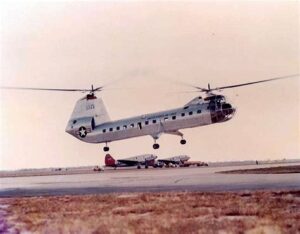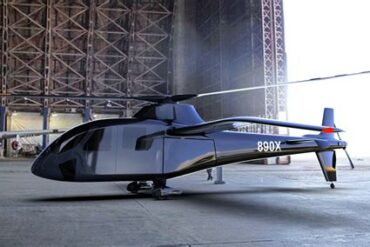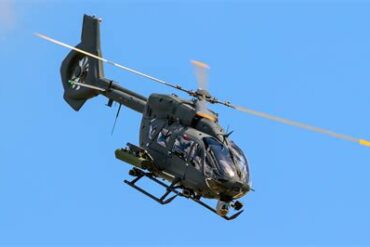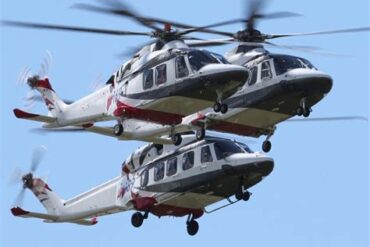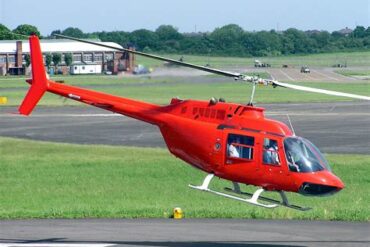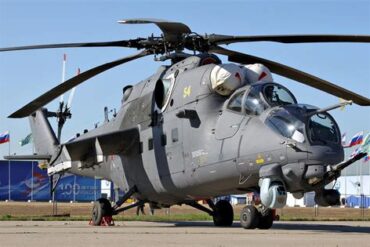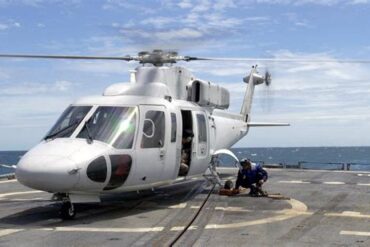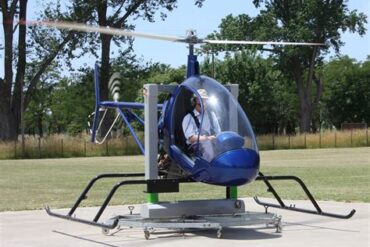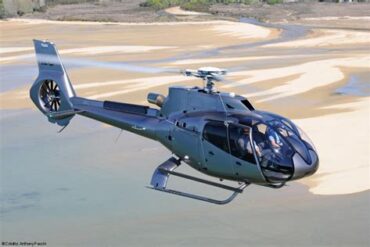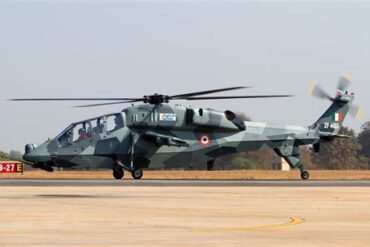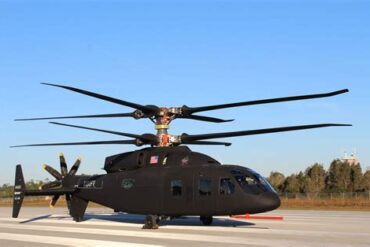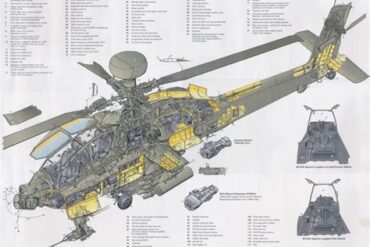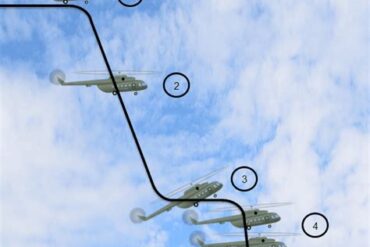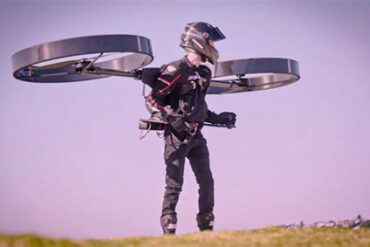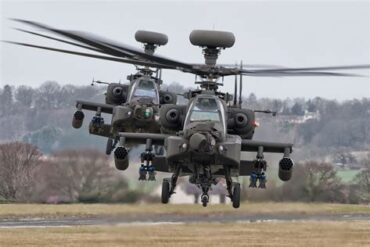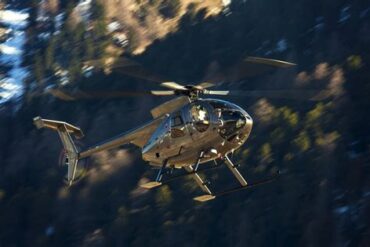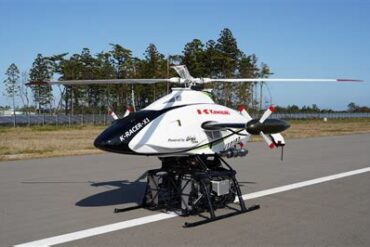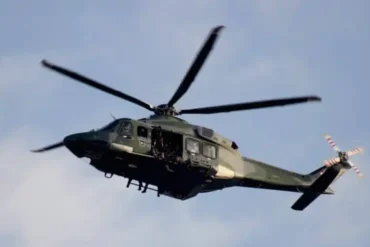Piasecki Helicopters is a name synonymous with innovation and excellence in the field of rotorcraft design and manufacturing. Founded by Igor Sikorsky’s contemporary, Piasecki has played a pivotal role in the evolution of helicopter technology. This guide delves into the history, technology, models, and future developments of Piasecki Helicopters, providing readers with a comprehensive understanding of this remarkable company.
A Brief History of Piasecki Helicopters
Founded in the early 20th century by Frank Piasecki, the company began as a small venture dedicated to helicopter research and development. Frank Piasecki was a visionary who believed in the potential of rotorcraft to transform aviation. The company’s first major success came with the PV-2, a tandem rotor helicopter developed in the late 1940s. This helicopter set the stage for subsequent designs, showcasing Piasecki’s innovative approach to rotorcraft technology.
In the following decades, Piasecki Helicopters continued to push boundaries. They were pioneers in the development of the tandem rotor configuration, which allowed for greater stability and load-carrying capacity. The company’s dedication to research and innovation culminated in the H-21 Workhorse, also known as the Flying Banana, which gained fame for its versatility during the Vietnam War.
Innovative Technologies Behind Piasecki Helicopters
Tandem Rotor Design
One of the most significant contributions of Piasecki Helicopters to aviation technology is the tandem rotor design. This design features two rotors mounted one behind the other, which counteract each other’s torque. The advantages of this configuration include:
-
Increased Lift Capacity: Tandem rotors can lift heavier loads compared to single-rotor designs.
-
Improved Stability: The counter-rotating rotors provide enhanced stability in flight, making tandem rotor helicopters ideal for various missions, including cargo transport and troop deployment.
-
Versatility in Applications: The design allows for a broader range of applications, from search and rescue missions to medical evacuations.
Advanced Rotor Technologies
Piasecki Helicopters has continually advanced rotor technology, utilizing materials and design principles that enhance performance. The company has focused on:
-
Composite Materials: The use of lightweight, strong composite materials reduces the overall weight of the helicopter while increasing durability.
-
Blade Aerodynamics: Enhanced aerodynamic shapes improve lift and reduce drag, contributing to fuel efficiency.
-
Noise Reduction Technologies: Innovations in rotor design help minimize noise pollution, addressing concerns in urban environments.
Control Systems and Avionics
Modern Piasecki helicopters are equipped with state-of-the-art avionics and control systems. These systems enhance safety and improve operational capabilities by:
-
Incorporating Fly-by-Wire Technology: This technology provides precise control, making helicopters easier to handle, especially in challenging environments.
-
Utilizing Advanced Navigation Systems: GPS and other navigation aids allow for accurate positioning and route planning, critical for missions in remote areas.
Notable Piasecki Helicopter Models
H-21 Workhorse
The H-21 Workhorse was one of Piasecki’s most significant contributions to military aviation. With its distinctive design, this helicopter played a crucial role during the Korean and Vietnam Wars. Key features include:
-
Dual Rotor Configuration: This design provided superior lift capabilities, allowing the H-21 to transport troops and supplies effectively.
-
Versatile Applications: The H-21 was used for various missions, including troop transport, medevac, and logistical support.
-
Robust Construction: Built to withstand harsh conditions, the H-21 became a reliable workhorse for the military.
PV-2
The PV-2, Piasecki’s first successful helicopter, introduced the concept of tandem rotors to the aviation world. Features of the PV-2 include:
-
Innovative Design: The PV-2 showcased the potential of tandem rotors, paving the way for future models.
-
Operational Flexibility: Its design allowed for various configurations, making it suitable for numerous missions.
-
Historical Significance: The success of the PV-2 set the foundation for Piasecki’s future endeavors in helicopter design.
PA-97
The PA-97 was developed as an advanced utility helicopter designed for both military and civilian use. Its notable aspects include:
-
Enhanced Performance: The PA-97 features advanced rotor systems that improve efficiency and performance.
-
Cargo Capacity: With a robust design, the helicopter can transport significant loads, making it ideal for logistics.
-
Safety Features: The inclusion of modern avionics enhances safety and operational effectiveness.
Applications of Piasecki Helicopters
Military Operations
Piasecki helicopters have been integral to military operations around the world. Their versatility and reliability make them suitable for:
-
Troop Transport: Efficiently moving soldiers to and from combat zones.
-
Logistical Support: Transporting supplies and equipment to remote areas.
-
Medical Evacuations: Rapidly transporting injured personnel to medical facilities.
Civilian Uses
In addition to military applications, Piasecki helicopters have found their place in the civilian sector, particularly in:
-
Search and Rescue Missions: Providing critical support in emergencies, especially in difficult terrains.
-
Firefighting: Equipped to carry water and fire suppression materials, aiding in firefighting efforts.
-
Transport Services: Serving as aerial taxis or cargo transporters in urban environments.
The Future of Piasecki Helicopters
Advancements in Electric Propulsion
The future of aviation is leaning towards sustainable practices, and Piasecki Helicopters is at the forefront of this movement. The development of electric and hybrid propulsion systems aims to:
-
Reduce Carbon Emissions: Transitioning to electric power can significantly decrease the carbon footprint of helicopters.
-
Lower Operating Costs: Electric systems often result in lower fuel and maintenance costs, making operations more economical.
Integration of Unmanned Aerial Vehicles (UAVs)
Piasecki is exploring the integration of UAVs into its operational framework. This evolution includes:
-
Enhanced Surveillance Capabilities: UAVs can provide real-time data for situational awareness, crucial for military and civilian operations.
-
Augmented Logistics: Unmanned systems can complement manned helicopters in transporting supplies and conducting reconnaissance missions.
Research and Development Initiatives
Continued investment in research and development ensures that Piasecki remains a leader in helicopter innovation. Focus areas include:
-
Advanced Materials Science: Research into new materials that enhance strength and reduce weight is ongoing.
-
Aerodynamic Research: Improving rotorcraft aerodynamics is crucial for future efficiency and performance enhancements.
Conclusion
Piasecki Helicopters stands as a pillar of innovation in the aerospace industry. Through tandem rotor technology, advanced avionics, and a commitment to excellence, Piasecki has established itself as a leader in the helicopter manufacturing sector. With a rich history and a promising future, Piasecki Helicopters continues to shape the landscape of aviation, meeting the needs of both military and civilian markets. As technology evolves, so too will the contributions of Piasecki Helicopters, ensuring their place at the forefront of rotorcraft innovation for years to come.
